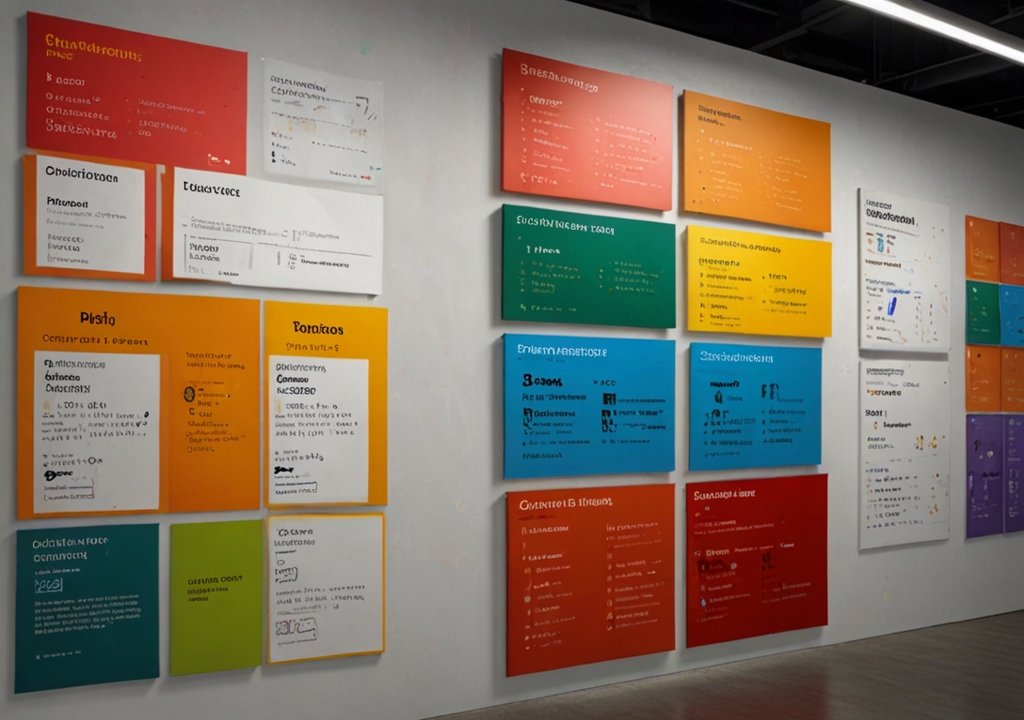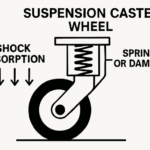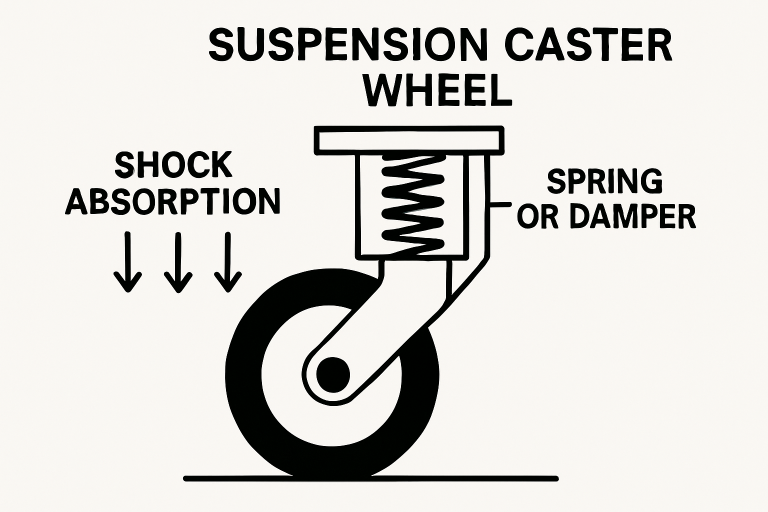Key Takeaways
- Discover the crucial role of labeling in business operations.
- Learn about different labeling technologies and strategies.
- Understand how accurate labeling can improve efficiency and compliance.
Introduction to Labeling Systems
In today’s fast-paced business world, branding and merchandising labels are more than simple tags; they are sophisticated tools that communicate essential information quickly and accurately. Whether operating in retail, manufacturing, or logistics, well-designed labeling systems ensure that products are easily identified and accessed, making them key to seamless operations. Imagine a warehouse without labels, and chaos would ensue, leading to misplaced inventory and delayed shipments.
Effective labeling strategies can significantly impact operational efficiency and customer satisfaction. They help businesses organize products systematically, deliver accurate information to consumers, and comply with regulations. With correctly applied labeling, companies can reduce operational hiccups and streamline processes, promoting a more efficient supply chain and a better customer experience.
The Significance of Labels in Business
Beyond identifying products, labels are pivotal in enhancing supply chain efficiency, supporting impactful branding efforts, and ensuring regulatory adherence. Clear and informative labels boost consumer trust and lead to increased sales. Many customers rely on the details on labels to choose what to buy, ranging from ingredients and nutritional information in the food sector to usage instructions and safety warnings in the chemical industry.
Online purchasing is the norm in our digital age, and the importance of accurate and appealing labeling cannot be overstated. Labels serve not only to inform but also to attract consumers’ attention amidst a flurry of competitive products. An attractive label with clear information can differentiate a product on crowded shelves, fostering brand loyalty and repeat purchases.
Types of Labeling Technologies
With technological advancements, the labeling industry offers various methods tailored to different business needs. Inkjet printing is celebrated for its speed, making it suitable for short-run jobs or custom orders that require rapid turnaround. Meanwhile, thermal transfer provides sturdy, high-quality labels ideal for harsh environments with paramount durability, such as the pharmaceutical or automotive sectors.
Digital printing provides unmatched flexibility, allowing easy customization and on-demand production. Companies can quickly adapt labels to add promotional messages or respond to regulatory changes without significant time or monetary investment. Understanding these technologies empowers businesses to choose solutions that align with their strategic objectives, ensuring labels contribute effectively to the supply chain.
Benefits of Automated Labeling
Automation has revolutionized labeling, enhancing speed and precision while reducing the need for manual labor. Implementing automatic label management systems has led to significant reductions in errors and notable increases in productivity. By minimizing human intervention, businesses can focus more on strategy and innovation than routine labeling tasks.
Companies adopting automated systems often report increased operational efficiency and reduced costs. Computerized systems can operate continuously without the fatigue and errors associated with manual processes. This allows for consistent and reliable output, which is critical for companies looking to maintain a competitive edge and operational agility in a dynamic market landscape.
Ensuring Accuracy and Compliance
Accuracy in labeling is integral to maintaining quality controls and upholding legal standards. A small labeling error could result in hefty fines and a tarnished reputation, especially in sectors highly sensitive to misinformation, such as the food and pharmaceutical industries. Establishing rigorous quality control processes is crucial to avoid such mishaps.
Mislabeled products can lead to costly recalls and damage brand reputation since these are issues that no business wants to face. Implementing thorough checks and balances ensures that labels meet necessary regulations, projecting a company’s commitment to quality and attention to detail.
Innovative Labeling Practices
Innovation in labeling practices is rapidly advancing, creating exciting opportunities for businesses. Smart labels, integrated with QR codes or NFC technology, offer enhanced consumer interaction, providing instant access to product information, promotions, or detailed usage instructions via a simple smartphone scan.
The rising demand for sustainability has also led many businesses to consider eco-friendly labeling materials. Brands that use these sustainable solutions to lower their carbon footprint align with global environmental goals and increase accountability to attract environmentally conscious consumers.
Challenges in Labeling

Despite technological advancement, businesses face several challenges in labeling. Consistency across batches, compliance with evolving regulations, and scalability remain significant hurdles. Navigating these issues requires strategic planning, investment in versatile technologies, and a readiness to adapt.
Companies must also stay abreast of market demands to ensure their labeling systems can scale effectively with business growth. Proactively addressing these challenges minimizes disruptions and positions a company to swiftly capture emerging market opportunities.
Future Trends in Labeling Technology
The future of labeling technology is ripe with potential advancements. AI-driven quality control systems and fully automated production lines are becoming increasingly feasible, offering enhanced accuracy and efficiency. Such innovations could revolutionize the industry by enabling hyper-efficient, precisely integrated supply chain processes.
Businesses attentive to these trends can leverage them to improve their labeling systems, gaining competitive advantage through superior, reliable solutions. Businesses hoping to stay at the top of their respective sectors must be knowledgeable and flexible as the market changes.










